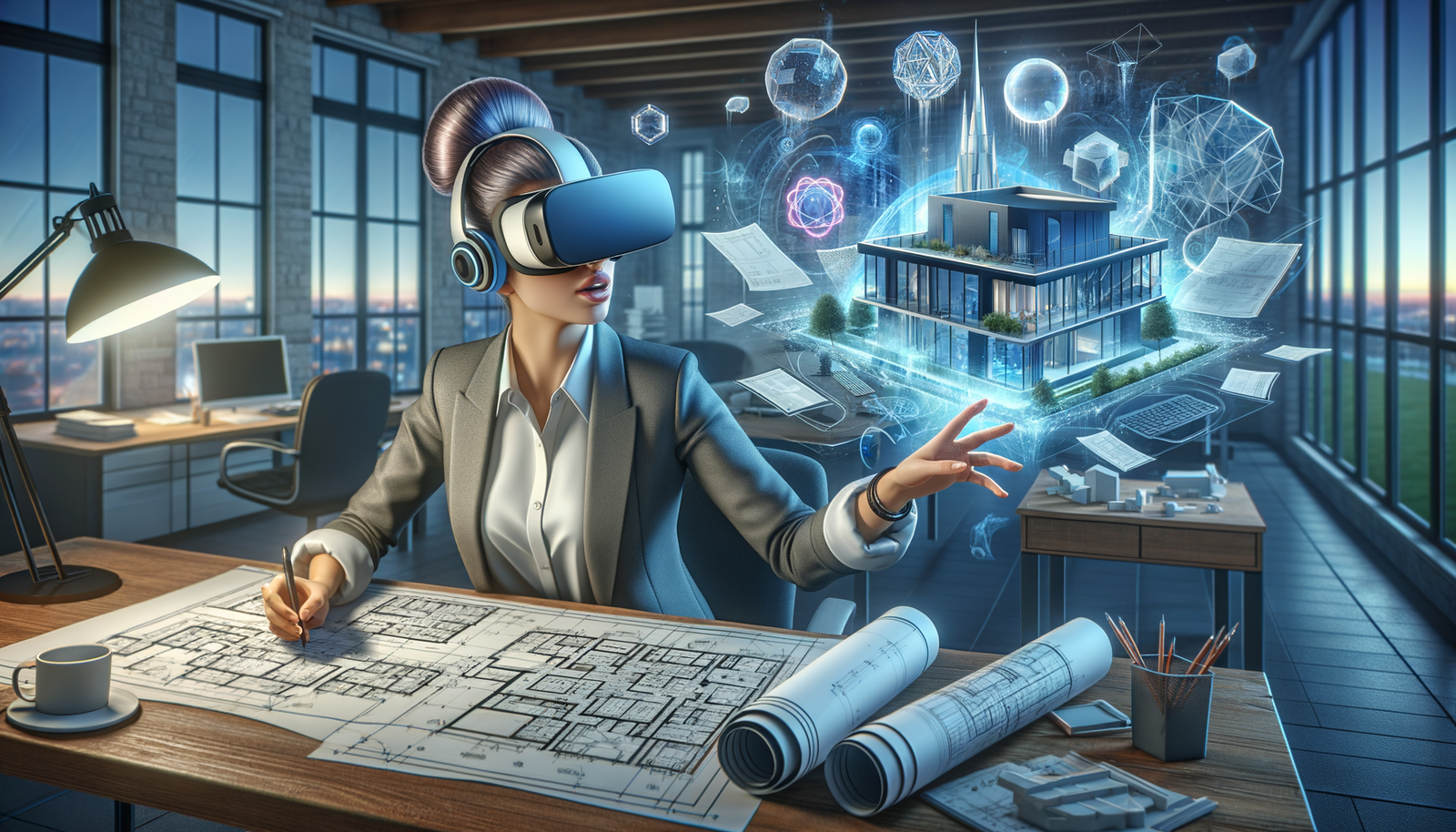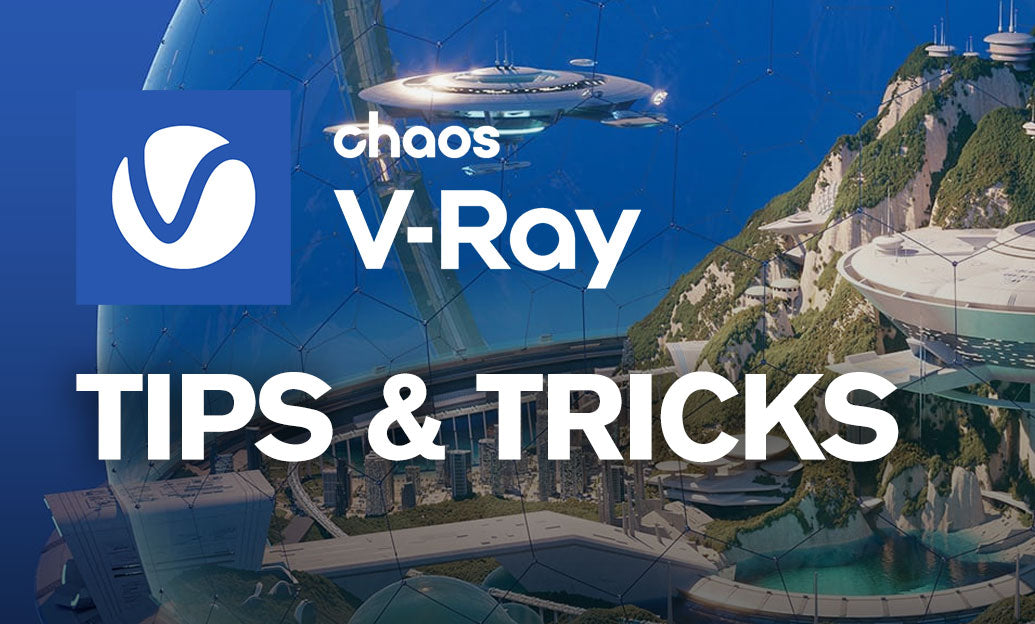Your Cart is Empty
Customer Testimonials
-
"Great customer service. The folks at Novedge were super helpful in navigating a somewhat complicated order including software upgrades and serial numbers in various stages of inactivity. They were friendly and helpful throughout the process.."
Ruben Ruckmark
"Quick & very helpful. We have been using Novedge for years and are very happy with their quick service when we need to make a purchase and excellent support resolving any issues."
Will Woodson
"Scott is the best. He reminds me about subscriptions dates, guides me in the correct direction for updates. He always responds promptly to me. He is literally the reason I continue to work with Novedge and will do so in the future."
Edward Mchugh
"Calvin Lok is “the man”. After my purchase of Sketchup 2021, he called me and provided step-by-step instructions to ease me through difficulties I was having with the setup of my new software."
Mike Borzage
Exploring the Transformation: The Role of VR in Enhancing Architectural Design and Visualization
May 23, 2024 2 min read


Introduction to VR in Architecture
Virtual Reality (VR) technology has transformed numerous industries with its capability to immerse users into a completely virtual environment. In architectural design, VR has evolved from a futuristic concept into a practical tool that enhances the design, presentation, and understanding of projects. This technology offers architects, designers, and clients a new perspective by allowing them to virtually inhabit and experience spaces before they are constructed.
Transforming the Design Process with VR
VR technology has revolutionized the way architects approach the design process. By creating a simulated environment, stakeholders can now:
- Immerse themselves in realistic visualizations, gaining a better understanding of spatial dimensions and materiality.
- Make real-time modifications and experiment with different design solutions instantly.
- Enhance collaboration by sharing immersive experiences and feedback with team members and clients, regardless of their physical location.
This level of immersion and interactivity is unprecedented and offers a new dimension to architectural design, making it possible to identify and resolve potential design issues early in the process, ultimately saving time and resources.
VR Tools and Software for Architects
The availability of VR software tailored for architectural use is vast, with each tool offering unique features and capabilities. When selecting a VR tool for architectural purposes, it is important to consider:
- Compatibility with existing design software.
- The ability to handle complex architectural models without significant lag.
- User-friendly interfaces that facilitate seamless design and navigation.
Among the popular VR software tools are Unreal Engine, Autodesk Revit Live, and Lumion. Each platform has its strengths, from photorealistic rendering to dynamic weather simulations, providing architects with a broad range of options to best suit their project needs.
Regarding hardware, a powerful computer with a high-performance graphics card and VR headset, such as the Oculus Rift or HTC Vive, is essential for a smooth and immersive VR experience.
Future Trends and Implications of VR in Architecture
As VR technology continues to evolve, its impact on architectural design and visualization is only expected to grow. Future trends might include:
- The integration of VR with sustainable and eco-friendly design practices, enabling architects to simulate natural lighting, ventilation, and energy use.
- The fusion of VR with other cutting-edge technologies like Artificial Intelligence (AI), Augmented Reality (AR), and the Internet of Things (IoT) to create smart, responsive buildings.
However, the adoption of VR in architecture is not without challenges, including the initial cost of equipment and the need for specialized training. Despite these considerations, the potential of VR to enhance client engagement, streamline project approvals, and revolutionize architectural education cannot be understated.
Conclusion
Virtual Reality has cemented its role as a fundamental tool in architectural design processes. By offering immersive visualization capabilities and facilitating enhanced collaboration, VR technology is shaping the future of architectural practice. As the technology advances, it is poised to unlock new possibilities in design creativity, efficiency, and client satisfaction, marking a significant shift in how architectural projects are conceived and realized.
Also in Design News

Cinema 4D Tip: Connect Objects + Delete for clean, export-ready meshes
December 26, 2025 2 min read
Read More
Revit Tip: Revit Conceptual Mass Workflow: Setup, Parametrics, and Conversion
December 26, 2025 2 min read
Read More
V-Ray Tip: Light Linking Best Practices for V-Ray for SketchUp
December 26, 2025 2 min read
Read MoreSubscribe
Sign up to get the latest on sales, new releases and more …


